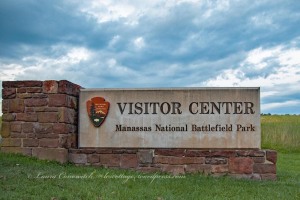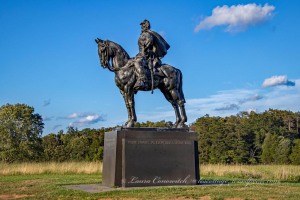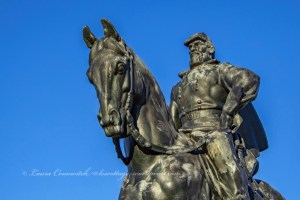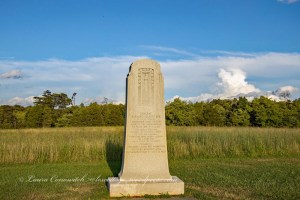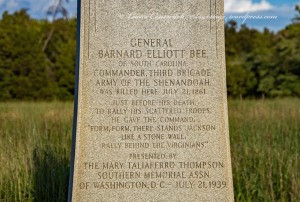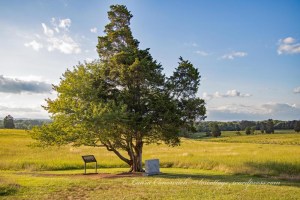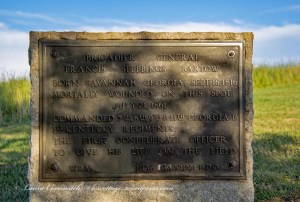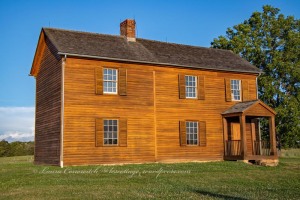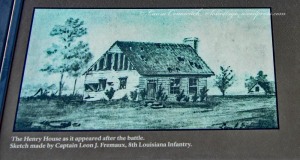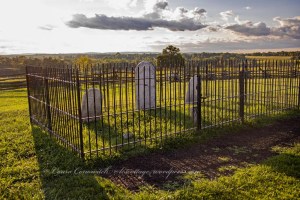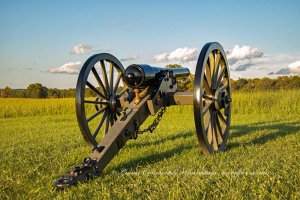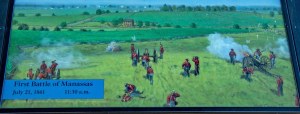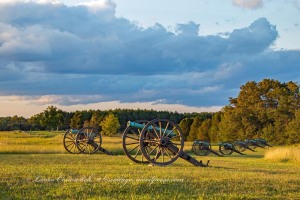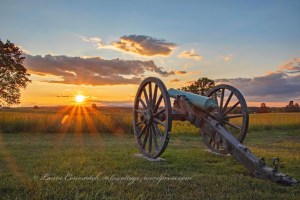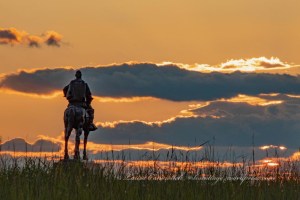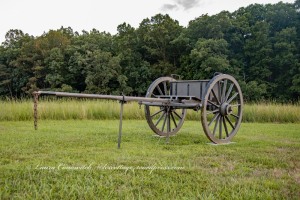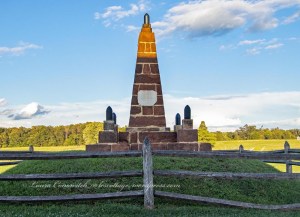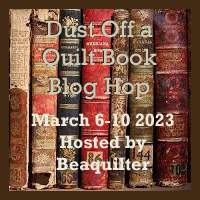At 6:30 PM, the Hubster and I arrived at Manassas National Battlefield Park. The Visitor’s Center was closed, but one could still walk around the park. In fact, many were enjoying a pleasant evening while walking. I had the feeling that the locals come here for exercise and quiet time. The grounds are beautiful.
However, there was horrific disruption here caused by the American Civil War.
In July 1861, Union and Confederate forces faced each other on the fields of Manassas for the first major battle of the Civil War. Neither side anticipated the death and destruction that followed, and all notions of a quick war were erased.
*Clicking on a photo will give you a closer look!
General Thomas Jonathan Jackson
General Barnard Elliott Bee Monument
“Form, form, there stands Jackson like a stone wall, rally behind the Virginians!”
Brigadier General Francis Stebbins Bartow Monument
“They have killed me, boys, but never give up the fight.”
Springfield Farm – now simply known as Henry Hill – lay fallow and overgrown in the summer of 1861. A small vegetable garden and orchard surrounded the frame house. Inside the home, 84-year-old Judith Henry remained bedridden, too old to work the land that had been in her family for more than a century. She shared the home with her daughter Ellen. A hired teenage slave, Lucy Griffith, assisted with domestic chores.
The Battle of Bull Run culminated on the Henry property. Unaware of civilians inside the home, Federal artillery fired on the dwelling to drive away Confederate sharpshooters. The cannon fire crashed through the house, mortally wounding the widow Henry, the battle’s only known civilian fatality. By day’s end, the family matriarch was dead, the house in ruin, and the surrounding landscape forever redefined by the events of July 21, 1861.
Judith Henry’s grave is marked by the tall center stone in the family cemetery near the reconstructed house.
The First Battle of Manassas started on Matthews Hill – seen from Henry Hill. Thousands of Federals were swiftly advancing in this direction. Confederate Captain John Imboden rushed four cannon into position near here to try and slow the Federal attack. The artillerists fired at top speed, knowing it would take massive reinforcements to stop the Yankees.
Confederate resistance on Matthews Hill collapsed after 90 minutes of combat. Through smoke and dust, the fugitives fled past the Stone House and across the Warrenton-Turnpike. The retreating Rebels scrambled up the slopes of the Henry and Robinson farms in search of a place to rally. Imboden’s gunners fired a few parting shots and then galloped to the rear.
The arrival of Confederate reinforcements coincided with the Union advance to Henry Hill. More than 16,000 troops, approximately half of the Confederate forces, participated in the fight for Henry Hill. Their arrival helped turn the tide of the battle.
By day’s end, the Confederates held Henry Hill, capturing eight of the eleven Union cannon brought atop this plateau. The Federal’s retreat soon dissolved into a rout.
The battle’s carnage shocked the country. More than 5,000 Americans were casualties – nearly 900 of whom were dead. It was the largest battle in the nation’s history to that time. Thirteen months later, in August 1862, the two armies met at Manassas again.
Both battles resulted in a Confederate victory.
One of the earliest endeavors to remember the fallen occurred soon after the war concluded. Union troops stationed at nearby Fairfax Court House, many of whom had recently served on burial duty at the battlefield, recognized the need for a fitting memorial to the Federal dead at First Manassas. With the approval of their officers and the authorization of the government, and in one of their final acts before discharge, the soldiers erected the Bull Run monument. Construction took nearly three weeks and was completed in June 1865.
It remains one of the oldest surviving monuments on any Civil War battlefield.
In Memory of the Patriots who fell at Bull Run. July 21, 1861.
See the world around you!

